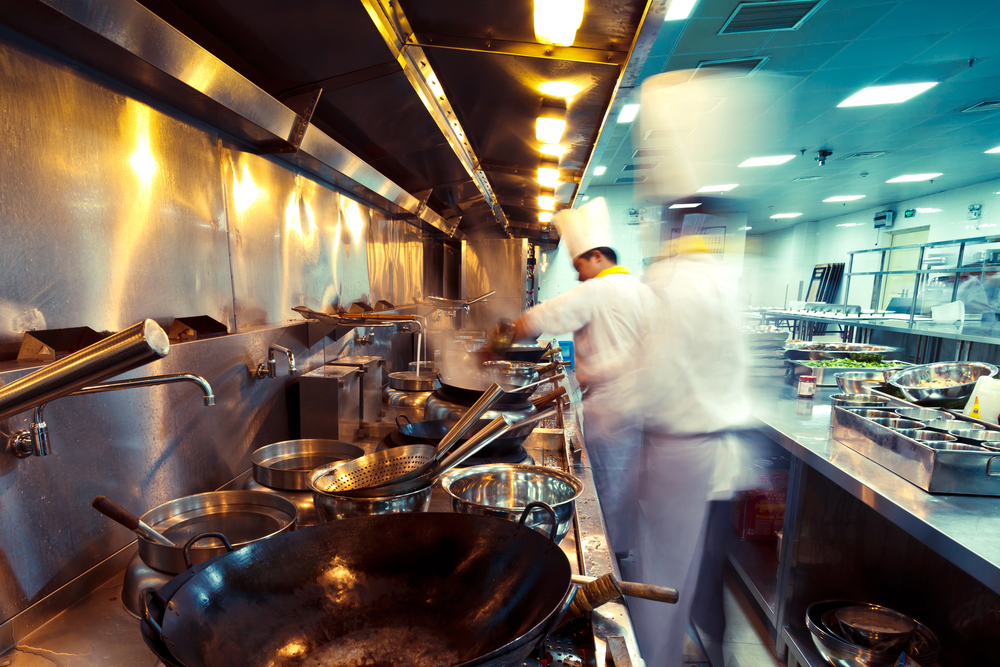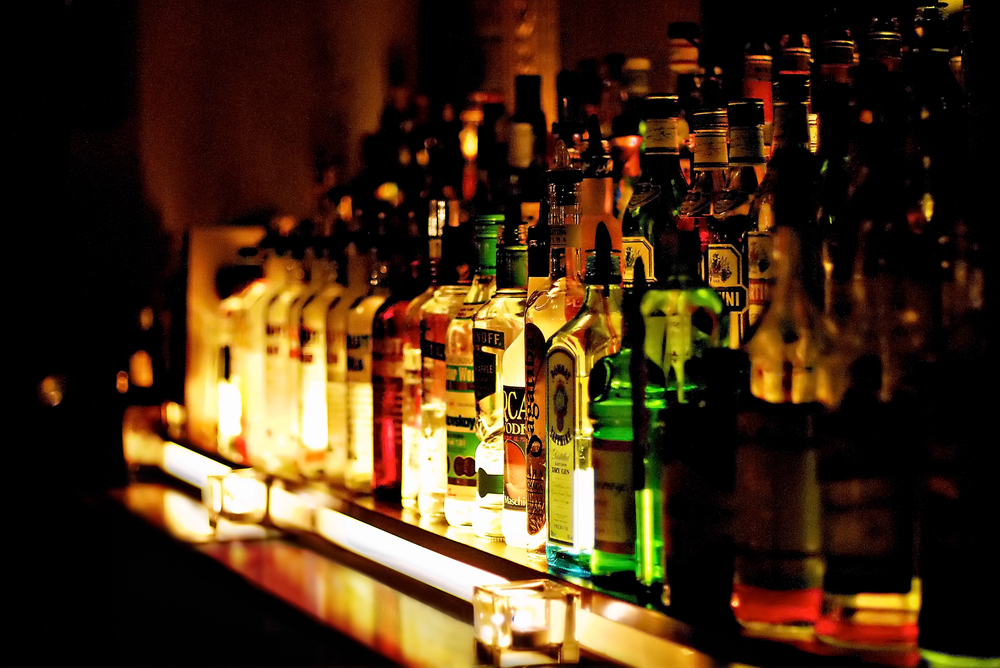Why Restaurants Need Crisis Response Coverage

By: Kyle Rheiner
It’s Saturday night and you take the family out to dinner at one of the great restaurants you insure. The place is buzzing with positive energy, and you know it will be a great night of revenue for your insured.
When you’re done dining, you take the family home, relax and get some rest. Then, you get a call at 8 a.m. the next morning.
Your insured informs you that 30 minutes prior to closing, their 19-year-old hostess and cashier, stationed at the register near the front door, was held up at gunpoint by two criminals in ski masks. The hostess did as she was told, and the criminals escaped with $10,000 in cash.
Now what?
This situation recently happened to an insured of mine. Fortunately, they had purchased a crime policy which kicks in when there’s a “covered crisis”: a violent act, physical or attempted, that is performed with malice and intent to cause injury or death to a person or persons.
At a minimal premium, the insured’s policy also included coverage for abduction, kidnapping, stalking, sexual assault and food contamination shutdown. While this situation didn’t involve any of the above, it did involve use of a firearm, which was also covered.
Beyond the cash that was stolen, an occurrence like this one may cause the insured to close its doors earlier than planned or for a few days afterwards. Under this policy, that would trigger crisis incident business income coverage.
If patrons fear their safety, that could take a toll on revenue for an insured. With that might come crisis incident communication expense coverage if the insured needs to hire a public relations firm to guide and advise them about how to communicate whether it’s safe for employees and patrons to return to the establishment.
Another policy component, crisis incident extra expense, refers to expenses the insured incurs during the period of restoration which they would not have incurred had there been no loss at their covered premises resulting from a covered crisis incident.
But the most useful coverage element in the aftermath of my insured’s incident was crisis incident counseling expense. When we think about our insureds, we need to think about those who work for our insureds—these employees are our responsibility as well, and they were shaken up and worried about what might happen on their next shift.
This type of coverage applies to reasonable and necessary expenses incurred for group crisis counseling services the insured provides in the aftermath of a covered crisis incident at their covered premises. Typically, there’s a limit and a timeframe—usually 60 days from the date the incident occurs—so encourage your insureds to get their employees to counseling as soon as is feasible.
The chances of an armed robbery happening at your insured’s establishment may be slim. But it pays to be prepared. Beyond securing the proper coverage, here are a few proactive risk management steps your insureds can take to maintain the security of their restaurant properties:
- Create an emergency response plan.
- Teach and follow active shooter protocols.
- Put signs in the window stating the property is “Monitored by XYZ Police Department.”
- Keep less cash in the register.
- Take cash to the bank at different times each day, and have more than one trusted individual who delivers the money. Consider using the buddy system.
- Install security camera and mirrors.
- Install a panic button under the counter.
- Work on developing staff’s memory by asking them to remember one thing about each patron and quizzing them. For example, “What color shirt was the gentleman wearing who came in around 7 p.m. and ordered XYZ?”
- Improve situational awareness by discussing scenarios that may be weird, suspicious or threatening.
All in all, safety and comfort is paramount for your insureds and their staff. Cooperate with the criminal, keep everyone safe and deescalate the situation quickly. Here’s to safety and awareness!
Kyle Rheiner is lead craft beverage insurance specialist at Craft Brewery Insurance and commercial lines producer at Strickler Insurance in Lebanon, Pennsylvania.










